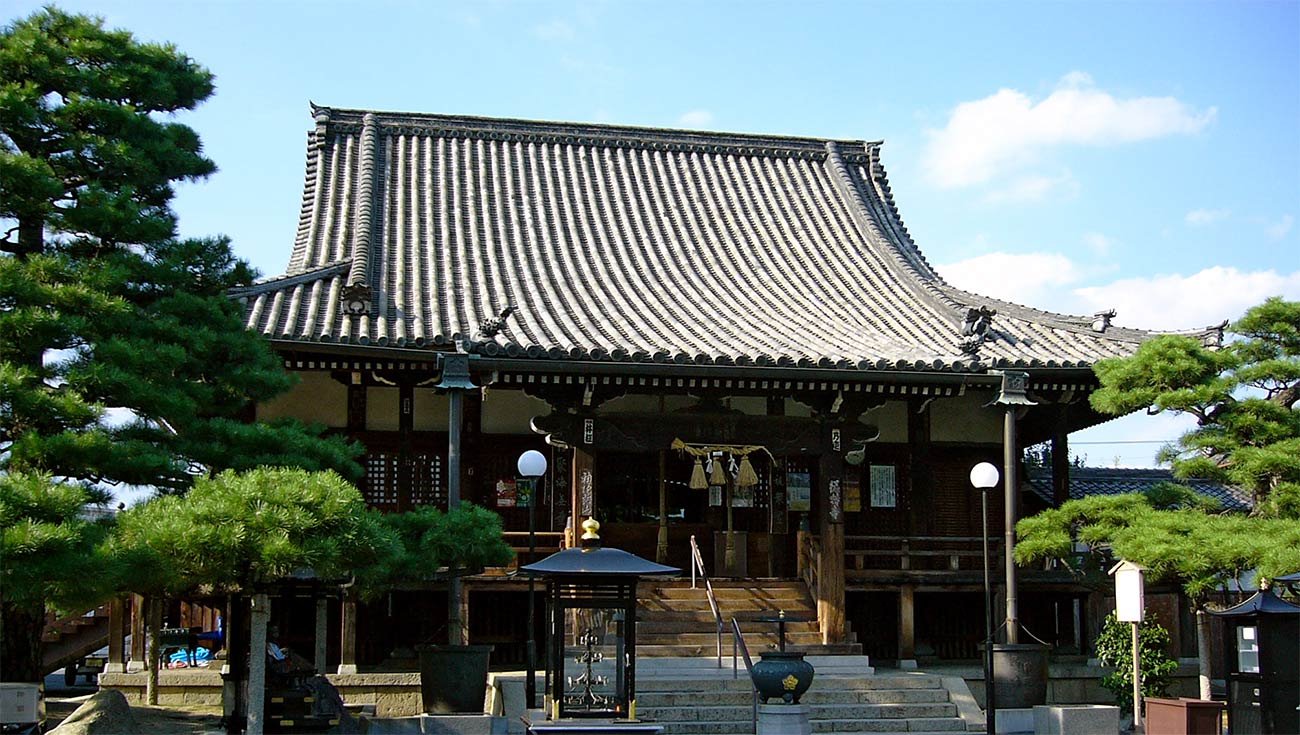Last year the students of the Q11 of Holbein Gymnasium Augsburg conducted various experiments in their P-seminar. So last summer, my interviewpartner flew to Japan for three weeks, where he mainly dealt with traditions and the Japanese culture. The experiences and results he collected were photographed, documented and then presented to the Q11 course.
Planning
In December 2017 he applied “Lions-Club” for a place in the youth camp Japan.
A few hours after the publication of the application details, the camp was fully booked. But with some luck, he could secure a coveted place and on 21st July 2018, he flew to Ibaraki for three weeks
During this time he spent 13 days with a host family and 8 days in a camp with 30 other youths from 20 different nations. The purpose of the trip was the international exchange of cultural experiences, national particularities and a friendly understanding between guest and host country and among the various participants of the camp.
2. Implementation and knowledge of the stay
The Japanese food culture
The Japanese food culture differs strikingly from the German. In Japan, you eat on the floor.
Japanese tables are extremely low and you can kneel comfortably on seat cushions to eat. Of course, there are also "normal" tables and chairs, but according to Japanese tradition, the food on the floor is preferred. At the beginning, the transition is not easy for us Europeans. The legs hurt after a certain time because of the unfamiliar sitting position. In addition, you won't find "normal" cutlery in any restaurant.
Japanese only eat with chopsticks. Whether noodles, rice or pudding, everything is done with chopsticks from plate to mouth. Generally, in Japan, the basis of any dish is noodles, and especially rice. The diversity lies in the variation: despite almost identical ingredients, all dishes differ in flavor, so even in three weeks there was something different to eat every day. The student could not really decide on a favourite dish, because they all tasted so different and each was unique and perfect.
Usually there is a miso soup and a large bowl of rice for each dish. The procedure for eating ramen must be observed. First, the soup is scooped together with deposit in the spoon. Then the solid ingredients (except the noodles) are eaten with the sticks from the spoon. Only then the liquid including with noodles is pulled out of the spoon. With the appropriate noises, it is generally considered a rude not to sip while eating. The best-known Japanese food, sushi, is not eaten there to such an intensity. Of course, there are many restaurants, but they are relatively expensive. Nevertheless, it is part of a classic trip to Japan to visit a sushi restaurant.
When they went to such a restaurant, the guests were all sitting at a long counter with a monitor in front of them. Via a touch screen, one could select individual sushi, which then made their way via a conveyor belt to their customers. For most dishes, green tea was served, even if it was too bitter for him personally. Japanese drink tea like water and as a result several liters a day. It's also a tradition to drink sake, a rice wine including 25% alcohol. At first, the alcohol is not recognizable initially; Sake looks very similar to water. In addition, Churchill liked drinking kind of Japanese whiskey. For this purpose, a glass completely filled with ice is filled up with this “30% Churchill”. Japanese, who usually tolerate little alcohol, are usually already drunk after a glass.
Traditions and society
The Japanese society is like a big family, because you meet each other extremely politely. Overall, Japanese are very friendly and especially hospitable. My partner's host father had taken a week off to show him the country and its people. Japanese appreciate tourists visiting their country and they love their country. And so my partner was invited to a plate of sushi, after a inhabitant had learned that he was from Germany.
All inhabitants gathered together at a traditional festival with a street parade, many stalls, traditional music and lots of dances. Together it was the transmission of Japanese traditions and cultural peculiarities to the next generation.
How does a typical everyday life in Japan work?
Mostly you get up at 7 o'clock. For breakfast there is a large bowl of rice with some fruit. Sometimes the rice is also baked with cheese, but often with egg. Muesli, toast and jam are not on the list of ordinary breakfast habits, but for guests. Lunch is usually only a small snack, as in the evening they are eager to eat out. Most Japanese people go out for dinner directly after work, where they meet colleagues or friends, which lasts until late at night.
Another important tradition is bathing in the onsen. These are hot springs that can be found all over the country. These are very good for the skin and also relax body and mind.
Here are some very large pools with a depth of about one meter, but also pools with glands or running pools. An unrestricted visit costs around eight euros, which is a cheap pleasure for Japanese conditions.
Also, the clothing style of the Japanese is rather unusual. The most important clothes are the yukata and the kimono. The yukata is a kind of big coat, which you hold together with a band at the waist with a very specific knot. Sandals are made of wood. The kimono, on the other hand, consists of several layers of fabric and is also worn with the traditional wooden sandals. However, both are more likely to be worn on special occasions and not in everyday life.
Religion
Religion is of enormous importance in Japan. One half of the population belongs to the Shinto, the other half to Buddhism. The Shinto is similar to Buddhism in many ways, so some can not properly formulate the difference. There are many temples and shrines in which one can pray and turn to the respective gods and Buddhas. Buddhas live in temples, gods live in shrines.
Before praying, special rituals and traditions are to be practiced, because otherwise the gods of Buddha will be upset and the prayers will not be answered. First you walk to a kind of water source, in front of the sticks with bowls. Take the stick in your left hand and then fill the husk of the stick with the water from the spring. Then you can run water on the right and left hand. Then you fill the left hand with water, put it in your mouth and rinse it. Afterwards the water is spit out and the stick is cleaned with the remaining water. Only now you have permission to go to the temple / shrine. Before entering you have to throw money into a box.
Now the next ritual begins. There are two bows in front of the temple, then you clap your hands twice, and then you bow twice again. Then one may begin with the prayer.
Living and architecture
In Japan, house and apartment prices are very dependent on the location of the property. My partner from the then Q11 lived on a large piece of land in the countryside. The house was very large, but from the western point of view not built from durable and stable materials. Due to the weather in Japan with strong typhoons and earthquakes, these houses can easily be destroyed and devastated.
During his three-week trip in the summer of 2018, he experienced two typhoons, a mixture of heavy rain and heavy storm, so for several days it was not possible to leave the house.
Conclusion of the student and own opinion
The student calls the Japanese an open, extremely hospitable people with a strange fascinating culture and religion. Boredom never came up in view of the many impressions of the country, the people, the preparation of food, traditional way of life and settlements together with the most modern technology and buildings. He himself can recommend a trip to Japan to anyone and will certainly travel once again to Japan to look at the parts of the country, which he could not visit in the short time. I, too, would like to express my great praise to my partner. It takes a lot of courage and self-confidence to change continents for over 20 days to get to know a new culture.
Moreover, it will not be easy for everyone to get used to the circumstances in this country. Nevertheless, I have to say that his report has convinced me in many places and directly motivated me to write an article about it.

